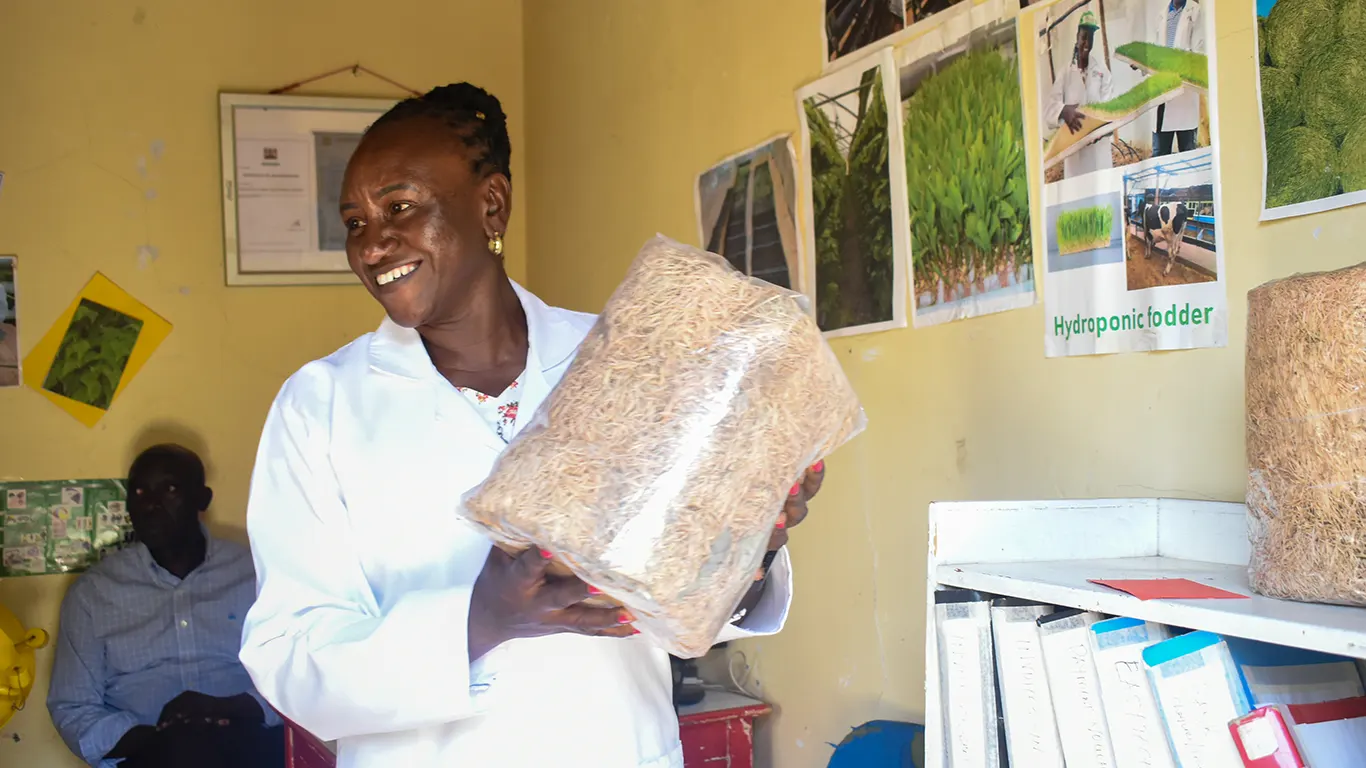Financing the implementation of Kenya’s climate ambitions to build resilience against the impacts of climate change requires significant public and private finance mobilised both domestically and internationally at scale. This is according to a new report launched yesterday by the National Treasury and Planning of Kenya, KCIC Consulting and the Climate Policy Initiative.
According to the report, climate-related investment in Kenya is disproportionately targeting certain sectors and activities that will only partially address climate issues.
Hon. (Amb.) Ukur Yatani, Cabinet Secretary for The National Treasury and Planning, said: We have high ambitions for a more prosperous, green, and resilient future in Kenya. However, our economy is dependent on its natural resource base and climate change is threatening our Vision 2030 goals. For us to achieve these ambitions we urgently need more finance to be channeled towards climate action.
The analysis shows that significant efforts will be required to align all sectors relevant to achieving Kenyas Nationally Determined Contribution (NDC) to make the country climate-resilient and reduce its greenhouse gas (GHG) emissions by 32% by 2030 relative to the business-as-usual scenario.
Dr. Barbara Buchner, Global Managing Director of CPI, said: Kenya has ambitious policy goals to transform to an industrialized, middle-income country by 2030. However, given the vulnerability of its key sectors, it is vital that Kenya embraces green growthto build a resilient economy. To achieve this, it is imperative that both the public and private sectors scale-up and mainstream climate-related investments.”
Implementation of incentives and subsidies to create a more attractive enabling environment for private investment in the transport, forestry, water, land use, and waste sectors are therefore of critical importance.
Besides, there is a need for international public finance to focus on more challenging climate sectors which are not receiving private finance at scale. For example, using innovative financing to mobilize investment into key underfunded sectors, such as forestry, transport, and water.
The Landscape of Climate Finance in Kenya is the first attempt to track the climate finance flows in the country since the Paris Agreement. The study finds that KES 243.3 billion (USD 2.41 billion) flowed to climate-related investments in 2018. Kenya requires at least triple this investment annually to meet its climate goals according to best estimates.
Speaking during an interview with Spice FM to unpack the Climate Finance report, Dr. Edward Mungai, Group CEO of Kenya Climate Innovation Centre, said, “Climate change is not a country based problem. It is a global problem that requires all of us to take responsibility regardless of how much we contribute to pollute it.”
Findings from the report shows that almost 80% of climate finance in Kenya was directed to the implementation of climate mitigation measures which is in stark contrast to the need given that Kenya has a focus on financing the adaptation to climate change. In addition, only 11.7% of climate finance in Kenya was directed to adaptation, while a further 8.5% of investment had relevance for both adaptation and mitigation outcomes.
The report further indicates that besides the large financing gap for meeting Kenyas climate targets being in the water and blue economy sector there is an urgent need to increase finance for the forestry and disaster-risk management sectors, as both will build Kenyas resilience against drought and flooding.
To increase the impact of Climate Finance, the report advises the need for improved coordination and reporting between Kenyan actors at all levels: Ministries, agencies, county-level, government entities, international donor partners and private sector stakeholders.
Regular reporting from Ministries to the National Treasury on climate-related expenditure will foster a better understanding of whether finance is meeting Kenya’s climate needs and how to scale-up investment.




